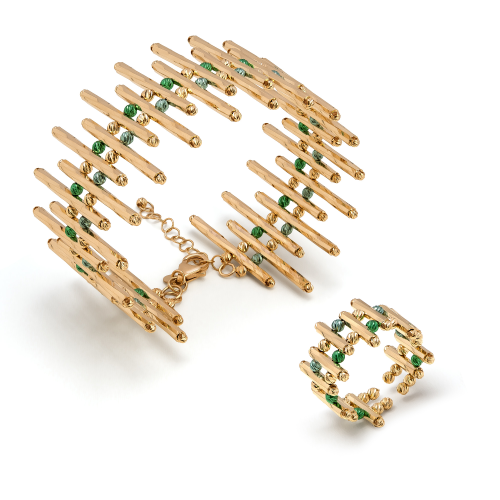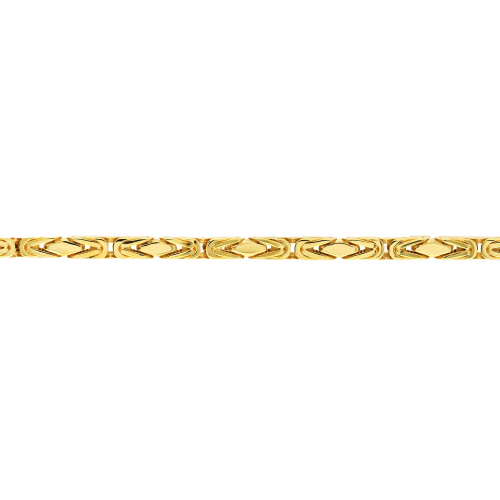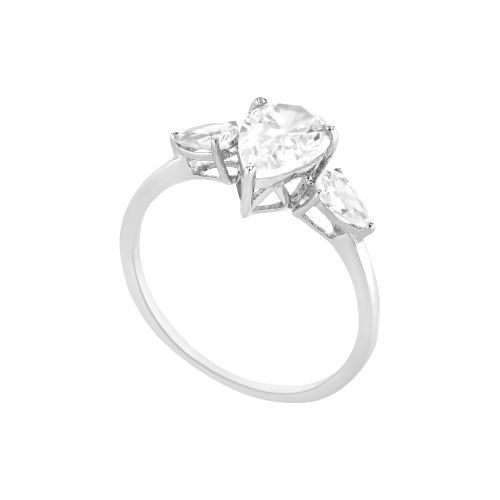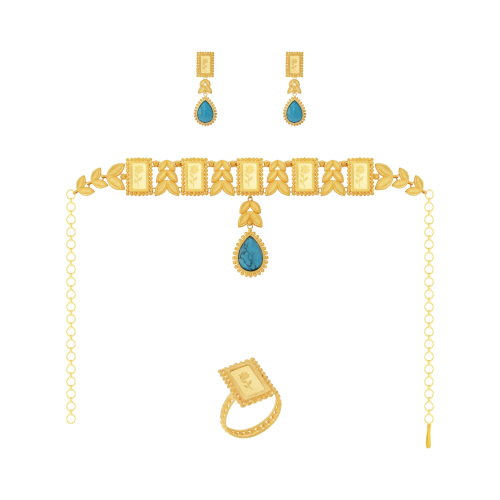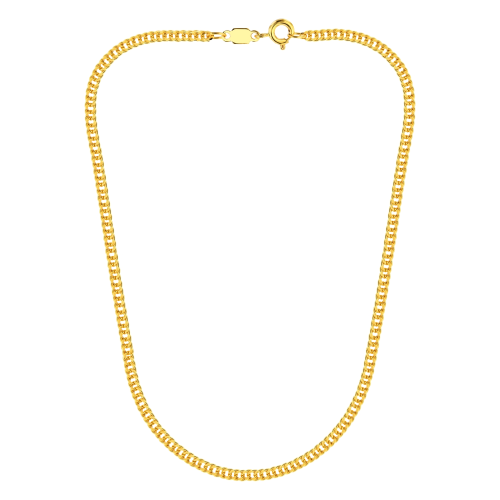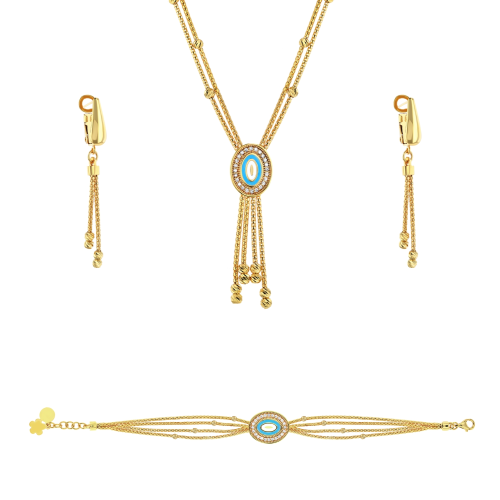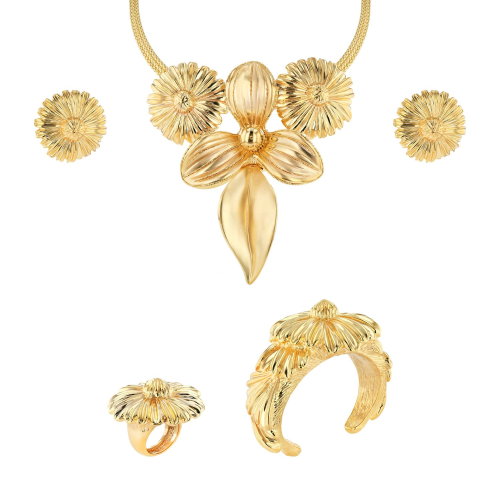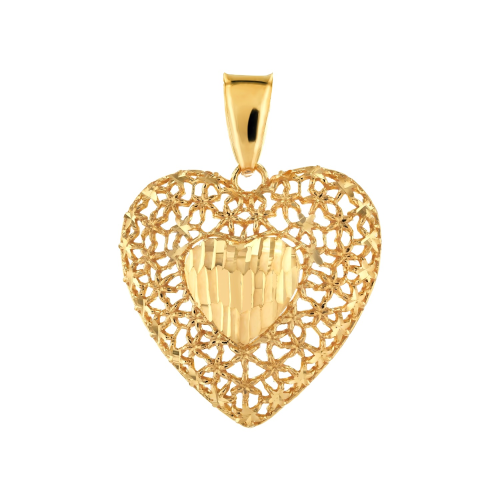Engagement Ring Trends Through the Decades: What's Coming Next?

From classic solitaires to modern sustainable designs, engagement rings have long served as powerful symbols of love and commitment while reflecting the evolving tastes and values of each era. Let's explore how these meaningful pieces have transformed through the decades and peek into emerging trends that are shaping the future of engagement rings.
The Classic 1950s: The Rise of the Diamond Solitaire
The 1950s marked the golden age of the classic diamond solitaire engagement ring. De Beers' famous "A Diamond is Forever" campaign, launched in the late 1940s, cemented the diamond's status as the ultimate symbol of eternal love. The decade favored round brilliant cuts set in simple platinum or white gold settings, establishing a timeless look that continues to influence designs today.
1960s-1970s: Bold and Unconventional
The cultural revolution of the 1960s and 70s brought experimentation in engagement ring design. Yellow gold became increasingly popular, and distinctive cuts like emerald and marquise gained favor. Clusters and cocktail-style rings reflected the era's bold fashion statements. Jackie Kennedy's emerald and diamond engagement ring inspired a generation to embrace colored stones and unique designs.
1980s: Opulent and Romantic
The 1980s ushered in an era of extravagance. Princess Diana's sapphire and diamond ring sparked a trend for statement pieces featuring colored center stones surrounded by diamond halos. Yellow gold remained dominant, but designs became more elaborate with channel-set diamonds and intricate metalwork. The princess cut diamond, introduced in 1981, quickly became a popular choice for its modern geometric appeal.
1990s: Minimalist Sophistication
As fashion moved away from 1980s excess, engagement rings followed suit. The decade saw a return to simpler designs, with white gold and platinum regaining popularity. Three-stone rings emerged as a meaningful alternative to solitaires, representing the couple's past, present, and future together. The radiant cut, which combines the elegance of an emerald cut with the brilliance of a round, found its audience.
2000s: Personalization Takes Center Stage
The new millennium brought an emphasis on personalization. Vintage-inspired designs saw a revival, with many couples seeking out authentic period pieces or modern rings with antique details. Tension settings gained popularity for their contemporary appeal, while micro-pavé diamonds added subtle sparkle to bands. Rose gold began its comeback, offering a romantic alternative to traditional metals.
2010s: Ethical Sourcing and Alternative Stones
The 2010s saw a significant shift toward conscious consumption. Lab-grown diamonds emerged as an ethical and sustainable alternative to mined stones. Colored gemstones continued gaining popularity, with sapphires, morganites, and salt-and-pepper diamonds offering unique options. Oval cuts experienced a renaissance, particularly in elongated shapes that create the illusion of larger stones.
2020s: Innovation Meets Tradition
Current trends reflect a blend of innovation and tradition. Toi et moi rings, featuring two stones of equal prominence, have seen a major revival. Gender-neutral designs are becoming increasingly popular, breaking away from traditional feminine styles. Bezel settings are having a moment for their modern, clean lines and practical durability.
Looking Ahead: Emerging Trends
As we look to the future, several exciting trends are taking shape:
Sustainability First
Recycled metals, repurposed stones, and traceable supply chains are becoming standard features rather than luxury options. Lab-grown diamonds are expected to capture an even larger market share, with advancing technology producing stones of exceptional quality and value.
Technology Integration
Some designers are experimenting with smart rings that incorporate technology while maintaining aesthetic appeal. While this remains a niche market, advances in miniaturization could make tech-enabled rings more prevalent in coming years.
Maximalist Minimalism
A new design philosophy is emerging that combines clean, minimal settings with unexpected elements like asymmetrical stone arrangements or mixed metal combinations. This approach offers sophistication while maintaining individuality.
Cultural Fusion
As global design influences become more accessible, we're seeing more rings that incorporate cultural elements from around the world. Traditional motifs are being reimagined in contemporary ways, creating pieces that honor heritage while looking forward.
Fluid Design Concepts
The future may see more convertible rings that can be worn multiple ways or adapted over time. This speaks to both sustainability and practicality, allowing rings to evolve with their wearers' tastes and lifestyles.
The Constants Amid Change
While trends come and go, certain aspects of engagement rings remain constant. Quality craftsmanship, emotional significance, and personal meaning continue to be the most important factors for couples choosing their rings. The most successful designs of the future will likely be those that balance innovation with these timeless values.
As we move forward, engagement rings will undoubtedly continue to evolve, reflecting changing social values and technological capabilities. However, their fundamental purpose – symbolizing love and commitment – remains unchanged. Whether choosing a traditional solitaire or an avant-garde design, couples today have more options than ever to find or create rings that perfectly represent their unique relationships.
